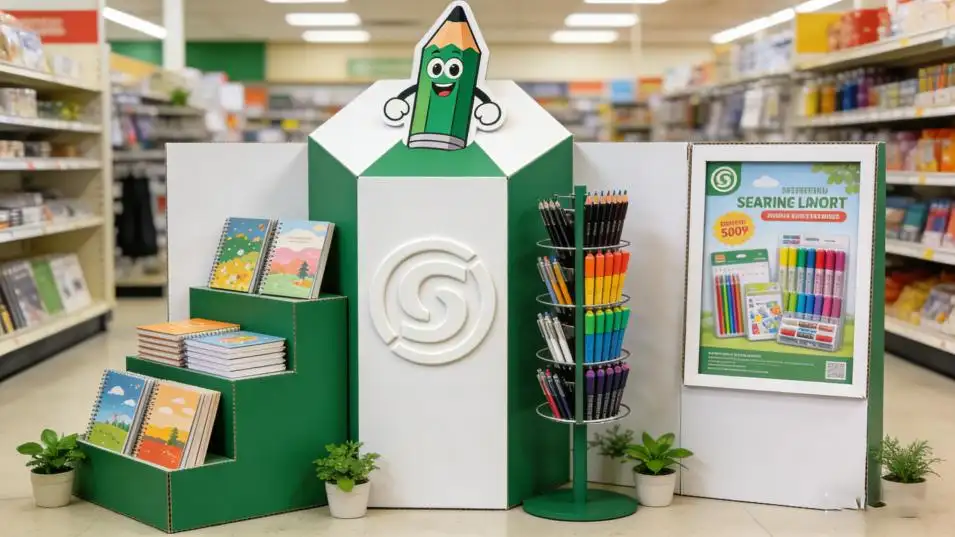Paper, an integral part of our daily lives, holds a hidden story of environmental impact woven within its fibers. The process of producing paper, while seemingly straightforward, leaves a significant ecological footprint. Understanding this impact is crucial as we strive for a more sustainable future.
The Raw Material: Trees and Beyond
The primary source of paper production—trees—raises concerns about deforestation and biodiversity loss. However, sustainable forestry practices, responsible tree harvesting, and the use of alternative fibers like agricultural residues or recycled paper aim to mitigate these environmental repercussions.
Energy and Water Consumption
Paper production is an energy-intensive process, often relying on non-renewable resources. Furthermore, large volumes of water are required for various stages, from pulping to papermaking, leading to potential water pollution and stress on freshwater ecosystems.
Chemicals and Pollution
Chemicals used in the papermaking process, such as bleaches and dyes, can pose risks to both the environment and human health. Effluent from paper mills can contain pollutants, impacting aquatic life and surrounding ecosystems if not properly managed.
Waste and Recycling Challenges
The disposal of paper waste contributes to landfill overflow and greenhouse gas emissions. While recycling paper helps reduce the demand for virgin pulp and lessens environmental impact, challenges persist, including contamination of recyclable materials and the energy-intensive recycling process itself.
The Shift Towards Sustainability
Amidst these challenges, the paper industry is evolving. Efforts towards sustainable practices include adopting eco-friendly production methods, increasing the use of recycled fibers, minimizing water usage, and reducing reliance on harmful chemicals.
Advancements in Technology and Innovation
Technological innovations, such as cleaner production processes, energy-efficient machinery, and the exploration of alternative fibers, show promise in reducing the environmental impact of paper production. Additionally, advancements in waste reduction and recycling technologies aim to create a more circular economy for paper products.
Consumer Awareness and Choices
As consumers, our choices play a pivotal role. Opting for recycled paper products, reducing paper usage, and supporting companies committed to sustainable practices can collectively drive positive change in the paper industry.
Striving for a Sustainable Future
The environmental impact of paper production underscores the need for a holistic approach. Collaboration among stakeholders—industry, policymakers, consumers, and environmental advocates—is essential in shaping a more sustainable future for paper production.
Balancing Necessity and Responsibility
Paper remains an indispensable part of our lives, used in education, communication, packaging, and more. Balancing its necessity with the responsibility to minimize environmental harm requires a concerted effort towards innovation, conservation, and conscious consumption.
A Call to Action
Understanding the environmental impact of paper production empowers us to make informed choices. Together, by supporting sustainable practices, advocating for responsible production, and embracing eco-friendly alternatives, we can pave the way for a paper industry that harmonizes with nature rather than depleting it.
The journey towards sustainability in paper production is ongoing. It demands collective action, innovation, and a commitment to preserving our planet for future generations—a journey where each choice we make today contributes to a greener and more sustainable tomorrow.





